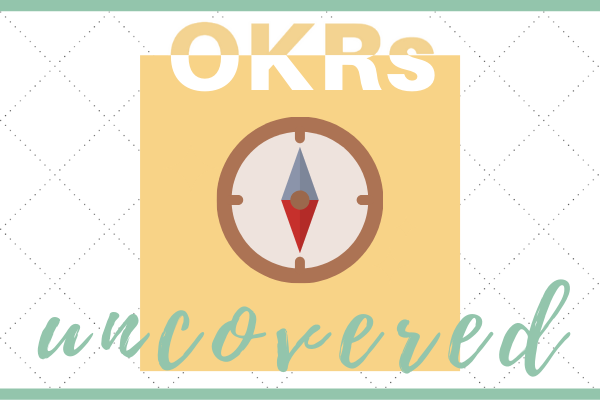
OKRs – uncovered. An Overview on Objectives & Key Results.
Objectives and Key Results are widely discussed – but what are they? Why are they so important? What do you need to keep in mind when thinking about them? How do they fit into any organization? What are prerequisites to implementing them?
This blog entry and a presentation on slideshare about OKR’s – uncovered answers some of these common questions on OKR’s.
OKR’s push us far beyond our comfort zones. They lead us to achievements on the border between abilities and dreams.
John Doerr, “Measure What Matters”
A brief history of OKR’s
The list below shows some milestones to remember when it comes to management methods.
- 1900 – Taylorism – people are no human beings but merely resources. They need to be told what to do. No motivational aspects. Others control the entire work. No self-control.
- 1950 – Management by Objectives (MbO) recognizes people as individuals. Motivation on an individual level starts playing a role. Birth hour of transactional leadership – principle of give and take. Achieving goals leads to earning rewards.
- 1970 – OKR at Intel – CEO Andy Grove discovered a mismatch between the management model MbO and the reality of a high dynamic in the surrounding world. He started with the visualization of Key Results as milestones. It became visible how goals could be reached. People’s empowerment increases and as a result their commitment.
- 1995 – OKR 2.0 at Google – Today’s OKR method is a variant of the original Intel version brought to Google through John Doerr. He got to know the method when working with Andy Grove at Intel. The decrease of cycle time and an increased level of agility made the OKR 2.0 version a perfect fit for the digital age.
Google adopted the OKR method for a simple reason: Googler’s at these early days were data addicts. They simply liked the fact that progress towards an objective got measurable – quantify instead of quality-only. - Now – New Work – The OKR model supports aspects of the new work model. Each and every person strives for purpose and want their share of work being reflected in the overarching organization’s vision and purpose. OKR supports with the transparency aspect. OKR and management 3.0 fit together as well. Also the communication, transparency and streamlining aspect by OKR’s is well received by management 3.0.
Characteristics of OKR’s
“Objectives and Key Results” – OKR – is a framework to set and align goals and measure achievements.
The Objective is ambitious and needs to feel uncomfortable. The Objective is clearly non-measurable and qualitative by nature. If the Objective doesn’t make you feel uncomfortable it’s too small and not a good Objective.
The Key Results clearly make the objective achievable – they draft a path to reaching the Objective. The Key Results are measurable – need to be quantifiable. They lead to grading an Objective.
OKR’s is a great communication tool. Due to the bidirectional process starting at the top and receiving feedback from the organization produces maximum transparency. Agreeing on the most important topics to work on during the next period of e.g. a quarter keeps the whole organization in sync and focused. The importance of the objectives is clear to everybody within the organization – everybody and always. Besides the focus, synchronization and transparency, OKR’s make the whole progress towards the objective measurable – quantify, not qualify.
The process around OKR’s
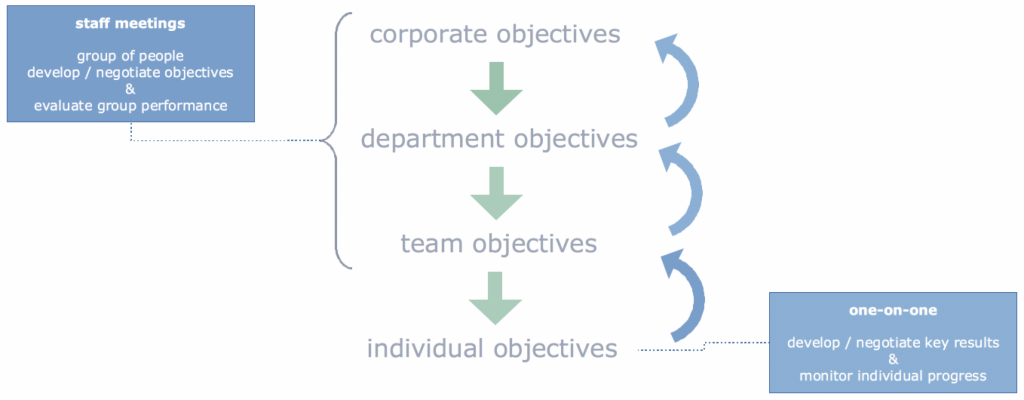
The overall process to establish OKR’s seems like an heavy invest of people’s time at a first glance. Staff meetings with C-Level, head-of’s with team-leads, team-leads with teams and back again are an investment. However, the whole organization gains transparency, commitment and focus. Doesn’t look like a bad trade …
The staff meetings are public where Objectives are described by management and discussed with people. The Objectives dribble down the organization in a series of other meetings. Results surface towards management – finally all Objectives need to be agreed upon by staff and management – no dictating. Typically 60% of the Objectives come from bottom-up and 40% from management.
The individual Objectives are defined by the individuals and discussed with the line manager. It’s the employee defining the personal Objectives – ensuring commitment and understanding the value brought in to achieve the overarching Objectives.
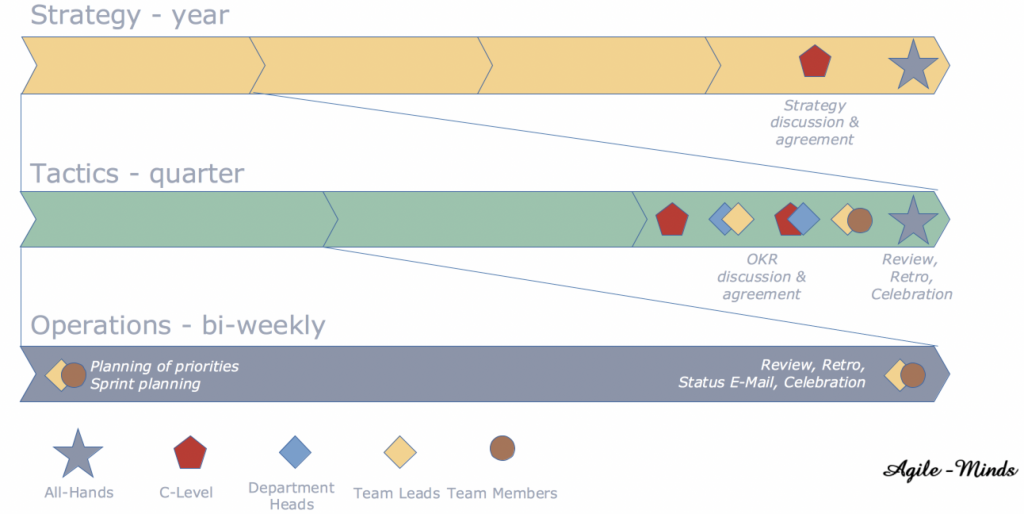
Strategy – yearly
C-Level revisits the company strategy at least once a year and reports corrections and refinements back to the staff in an All-Hands meeting.
Tactics – quarterly
Short before a OKR period ends – typically a quarter – various combinations of management discusses and finally agrees on the next periods’ OKR’s. The combinations ensure free flow of information, results, concerns, objectives from top to bottom and vice versa. In an All-Hands meeting at the end of the period the achievements are reflected, graded and – most important – celebrated. A retrospective uncovers process flaws and potential improvements to be addressed in the next period. The All-Hands is also the place to communicate the OKR’s of the next period.
Operations – bi-weekly
The operation of the OKR process fully integrates with existing agile methods (e.g. SCRUM or Kanban). The agile review, retro and celebration is topped-up with further information about Key Results and where the organization stands reaching the Objectives.
Basics around OKR’s
Agree on 2-3 Objectives to focus the respective organizational unit – no more than 5 Objectives. Agree on 3-4 Key Results per Objective – take care to have them measurable with KPI’s and a numerical expectation. Keep the ratio 40% : 60% – 40% of the Objectives come from the management and – more important – 60% come from the basis. This ratio ensures high commitment and engagement amongst the involved individuals. All involved participants have to mutually agree on the Objectives, there is no dictating from management.
From a scoring and grading perspective aim for 60%-70% achievement per Key Result – this is an excellent value. Not too ambitious, but definitely a long stretch. 40% and less? Or 100%? Both are bad scorings. 40% or less indicates either the OKR was too ambitious, non-realistic or there was definitely a huge problem within the team. 100% means the OKR was not a stretch at all – more like a low hanging fruit.
The OKR’s are set quarterly and annually – but not set in stone. If conditions force a deviation from Objectives the team is free to decide to change the Objective – again with all participants’ agreement. Grading of Objectives happens every quarter. The OKR’s are defined at the company level, department and team level and also on an individual basis. The Objectives and Key Results are publicly available for the entire organization – all OKR’s, the individual’s included.
Ah, and finally. To keep the OKR’s effective and credible, to keep all people involved motivated and encouraged to deliver top performance, NEVER connect the OKR process with whatever employee performance process you might have in place – NEVER! Also, don’t associate OKR’s with money – get rid of the variable payment portion! If not possible to return to a 100% fix salary – don’t put money behind the OKR’s.
OKR’s and company values, purpose, vision and mission in context
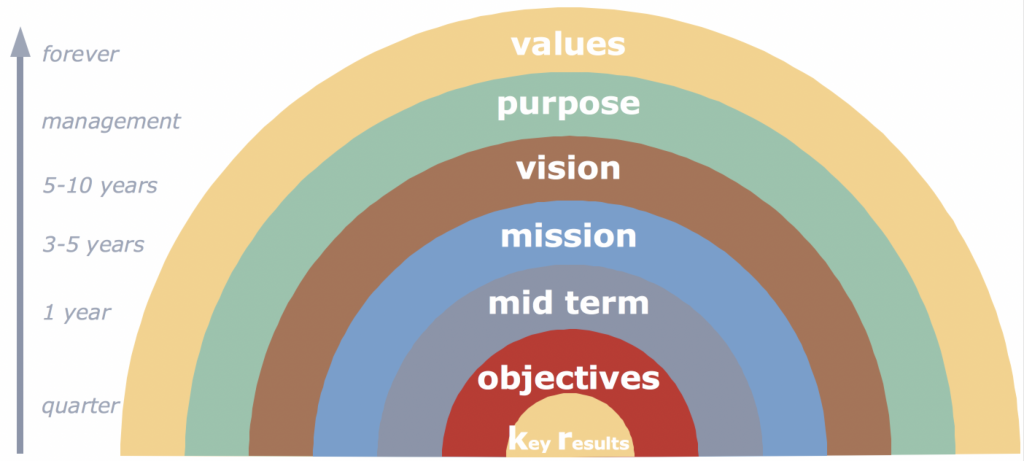
A company producing value for customers strongly aligns in some ways. The organization defines their core values during founding. The values don’t change typically – they define the company and established by the founders. The purpose of the organization aligns strongly with the values and adapts with the management in place. A change in management means usually also a change in the purpose of the organization. The company vision holds for 5-10 years, the mission 3-5 years and the mid-term goals for around one year. The OKR’s account for roughly a quarter and align with the overarching strategic goals.
Scoring and grading of OKR’s
Each KR is graded individually and the average of the KR’s indicate the overall Objectives grading. There is no fancy weighing or calculation involved – every KR has the same weight and it’s simply the average. The sole purpose of the grade is to reflect the progress towards the overarching Objective. The goal is to reach 60% to 70% accomplishment for the Objective – reflecting the nature of a stretch Objective, but still being reachable. Receives an Objective low grades, the owner need to reassess the reasons for the low grades. What do we need to do differently to achieve the Objective? Is the Objective still valid? Still worth doing?
Grading on all levels reinforces the commitment on all levels towards the bigger company Objective. Each Objective owner scores the KR’s and hence the Objectives and makes the grades public – again on all levels. The OKR owners of non-individual OKR’s explain the achieved grades and potential adjustments for next quarter. The CEO grades the whole company and explains it publicly – as all OKR owners on team and department level.
OKR examples
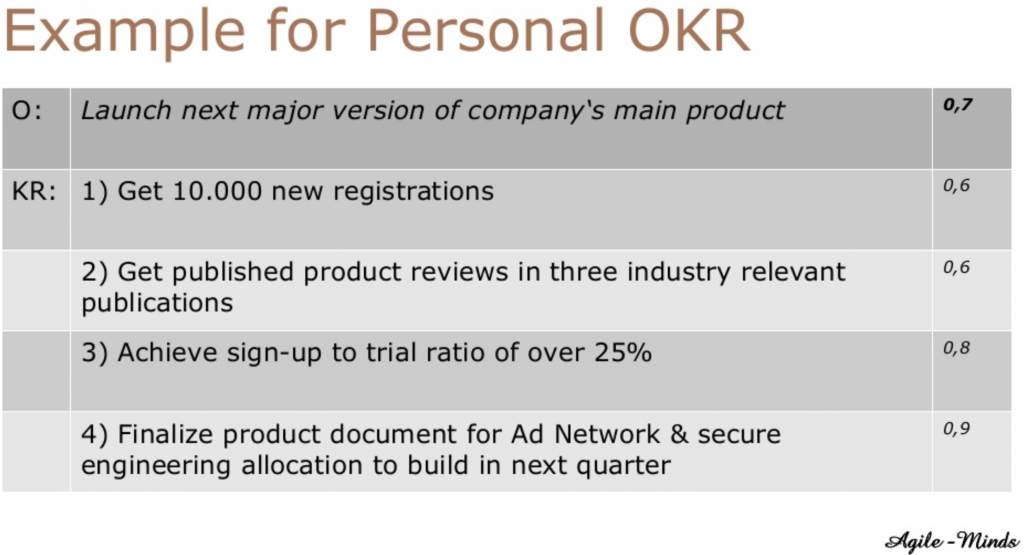
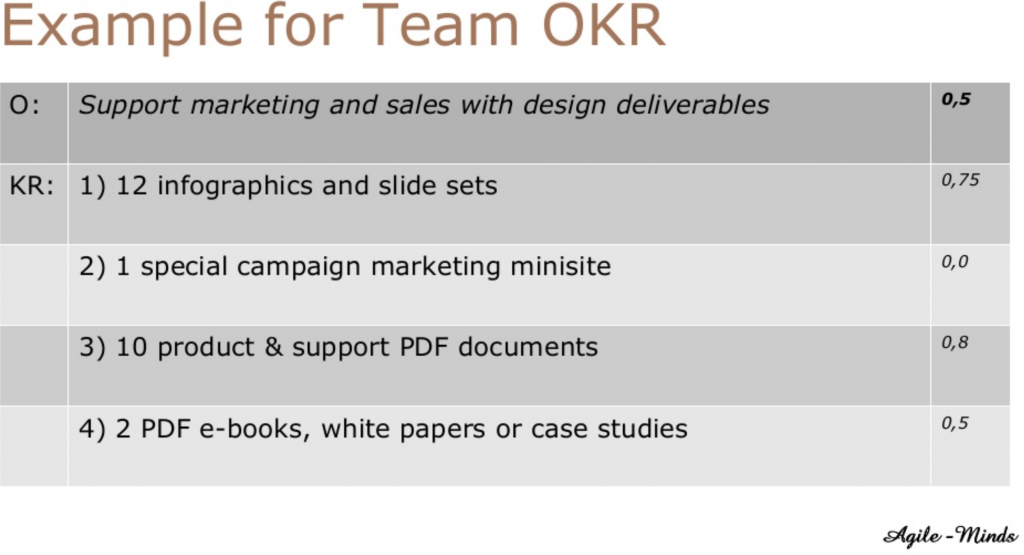
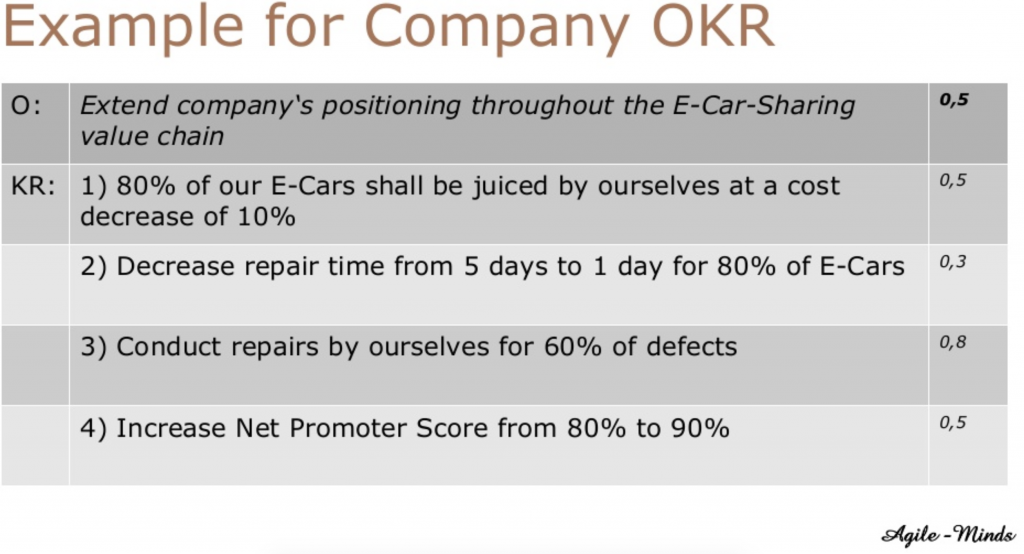
Prerequisites for OKR’s in an organization
OKR’s sound just too good to be true, right? But they’re just a piece in a bigger jigsaw puzzle of methods. OKR’s are dangerous in a way that they can really hurt an organization if introduced wrong or at the wrong time.
Wrong introduction? Bring in some experts who have introduced OKR’s into organizations. Learn from their experience, let them support you in getting your organization behind you and your ambition to change the goal setting framework.
Wrong timing? “It’s never too late or too early.” Well, OKR’s live well in a culture with already implemented – or embraced – principles of agile management (think small teams, think network structures, think customer centricity). If your organization is still living in yearly performance reviews, hierarchical organizations, political games and strict command-and-control structures – DON’T implement OKR’s – it will very likely hurt more than it helps. Your organization must be ready to embrace, to enjoy, OKR’s.
Don’t crash your organization.
Marty Cagan, SVPG
Setting OKR’s surfaces organizational problems – deal with them
Ken Norton, Google
OKRs aren’t going to compensate for your culture.
Ken Norton, Google
Don’t link financial compensation to OKRs – NEVER.
Marty Cagan, SVPG
Other resources on OKR’s
Google and OKR’s
- Video about the original way of working with OKR’s at google – presented by Rick Klau (2013) with Google Ventures https://youtu.be/mJB83EZtAjc
- Good explanation by Luis Gonzalvez on how google sets OKR’s (2019): https://www.organisationalmastery.com/how-google-sets-okrs/
Example OKR’s
- Organizational examples by Marty Cagan
- B2B team level OKR’s by Marty Cagan
- B2C team level OKR’s by Marty Cagan
- Further examples on company level
- Further examples on product team level
- OKR examples on technology team level
- Other OKR examples on product team level by upraise.io
Developing OKR’s / Writing OKR’s
- Check out 10 examples of OKRs and see how this methodology works by heflo.com
- How to write OKR’s – Practical examples by happier.co
- OKR examples and how to write them by whatmatters.com
Books
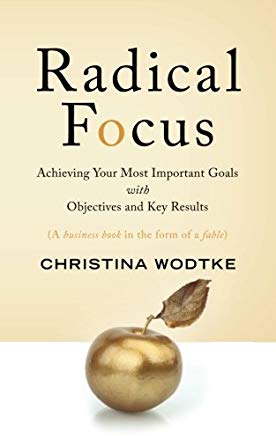
Radical Focus
by Christina Wodtke
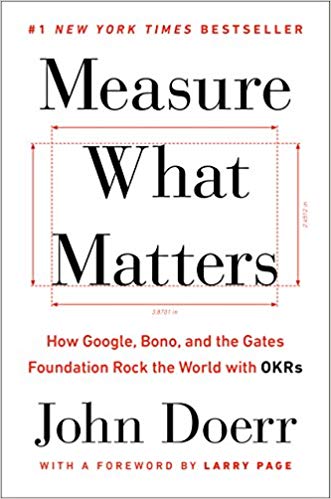
Measure What Matters
by John Doerr


Pingback: Personal core values - agile-minds.com